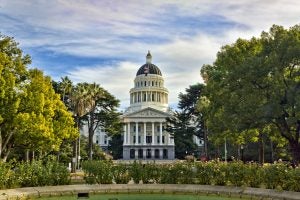There’s a lot to like about SB 5, the $4 billion parks and water bond legislation signed by Governor Jerry Brown, qualifying it for the June 2018 ballot.
For starters, its largest allocation – $725 million – will go toward building new parks in underserved neighborhoods. That’s a good thing for communities who are often overlooked when it comes to environmental investments and protections.
But that’s not all. SB 5 contains some funding programs unlike those seen in past park bonds. A renewed focus on the agricultural community and the Salton Sea is a clear sign that California is taking a magnifying glass to the most serious resource issues in the state. The bond’s “hidden gems” aim to make California more resilient to the droughts, downpours and wildfires that are expected to intensify as a result of climate change.
That’s a good thing for all Californians, not to mention the state’s wildlife. Read More













 Over the past decade, private investment in conservation has more than doubled, with sustainable forestry and agriculture investments as the main drivers of growth. This unprecedented expansion in “impact investing” or “
Over the past decade, private investment in conservation has more than doubled, with sustainable forestry and agriculture investments as the main drivers of growth. This unprecedented expansion in “impact investing” or “